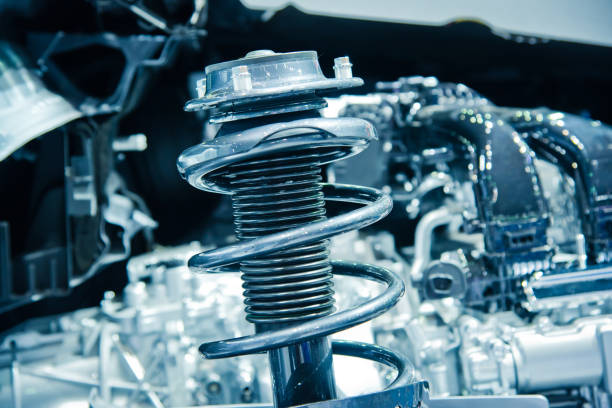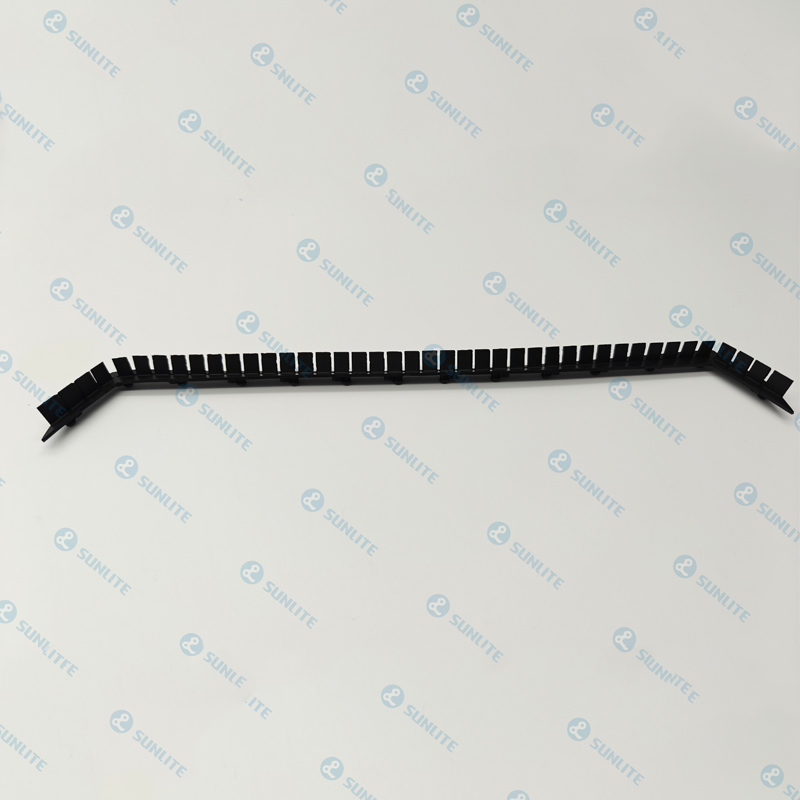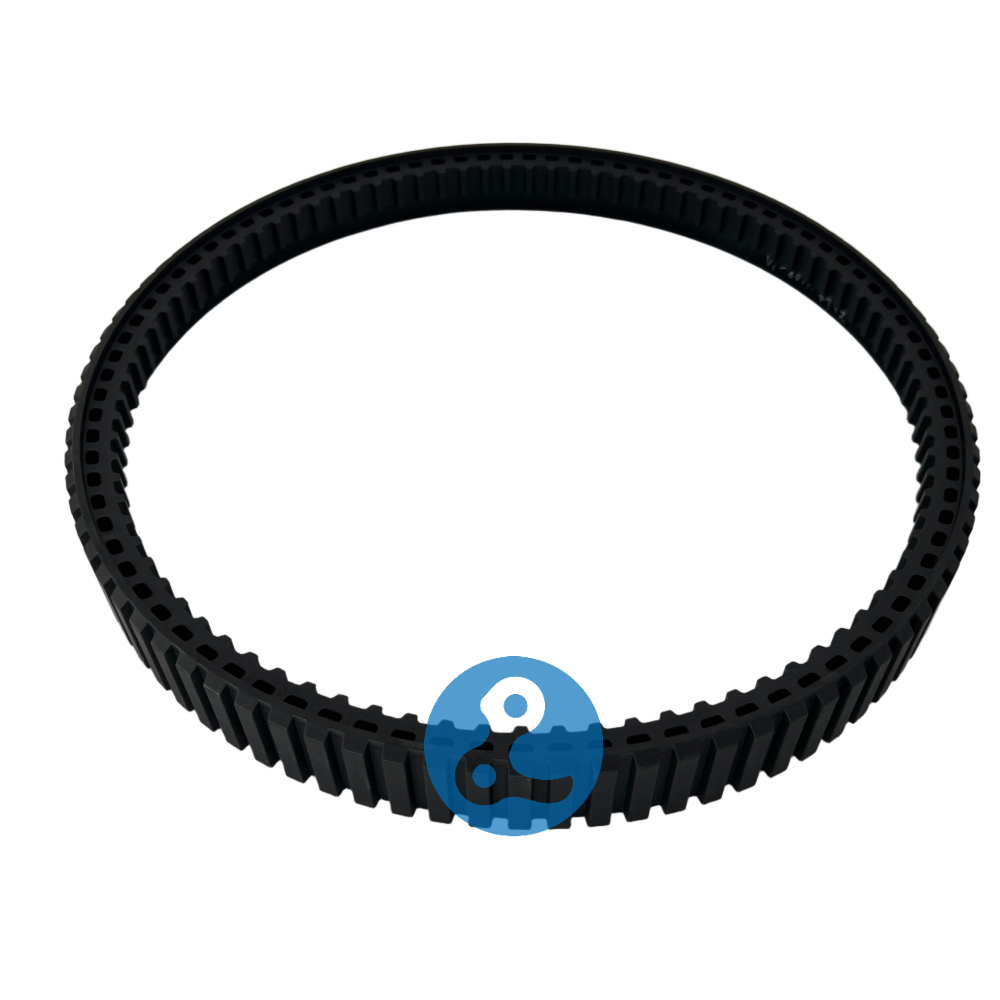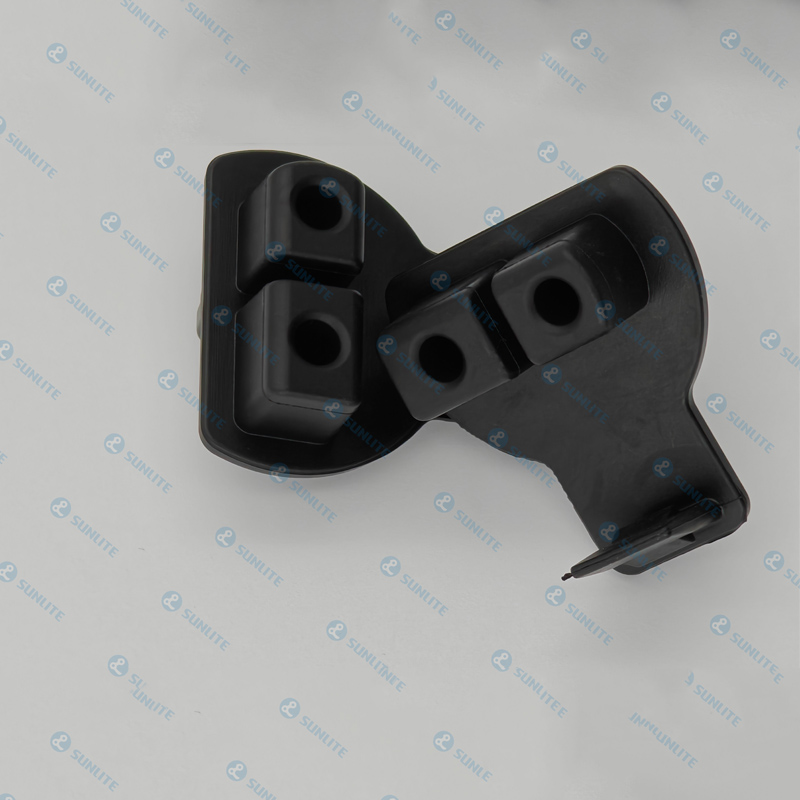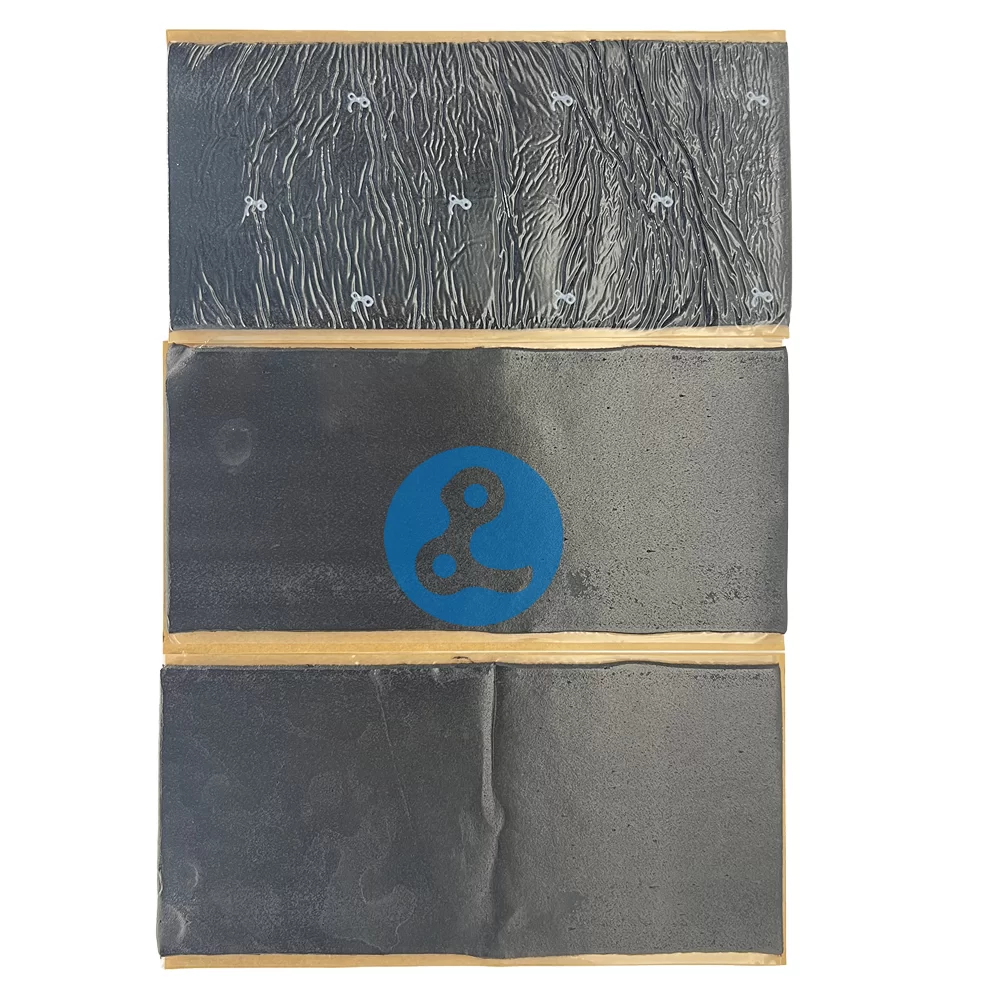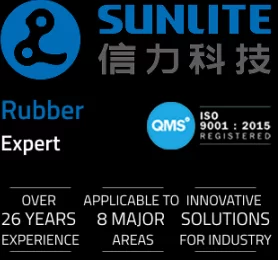
South China University of Technology developed a bio-based polyester rubber (BBPR) via glutaric acid/sebacic acid copolymerization, achieving a tensile strength of 10 MPa and compatibility with traditional vulcanization processes.
I. Technological Breakthrough Pathways
1. Innovation in Bio-Based Materials
Molecular Design:
South China University of Technology developed a bio-based polyester rubber (BBPR) via glutaric acid/sebacic acid copolymerization, achieving a tensile strength of 10 MPa and compatibility with traditional vulcanization processes.
Beijing Institute of Petrochemical Technology’s trans-polycyclopentene rubber (TPR) achieved an Akron abrasion value of 0.2 cm³/1.61 km, with a 40% reduction in degradation cycle.
Bio-Resource Development:
Gene-editing techniques increased rubber yield in Taraxacum kok-saghyz by 15%, while dandelion rubber extraction efficiency exceeded 12%, providing diversified raw material sources.
2. Controlled Degradation Technologies
Bond Energy Regulation:
Sinopec’s zinc-coordinated (ZDMA) modified hydrogenated nitrile rubber demonstrated a 22.16% degradation rate in pH 3 conditions within 72 hours, while maintaining 20 MPa tensile strength before degradation.
Composite Systems:
A lignin/silica (20 phr) filler system shortened the degradation cycle of bio-based rubber by 30%, while maintaining over 300% elongation at break.
II. Industrialization Bottlenecks and Breakthroughs
1. Cost Control Challenges
High Cost of Additives:
Phosphorus-based flame retardants cost 2–3 times more than brominated types; straw-derived silica requires purity levels above 98% for industrial use.
Scale-up Example:
Henghui Safety’s 110,000-ton bio-based succinic acid project is expected to reach 10,000-ton production capacity by 2025, with over 70% degradation in 130 days under composting conditions.
2. Performance Optimization
Aviation Applications:
Aircraft tires must meet EN45545-2 HL3 flame retardant standards and elasticity at -40°C; current bio-rubber shows low-temperature resilience of 65% (traditional rubber ≥ 80%).
Pilot-Scale Production:
South China University of Technology's pilot line with kiloton-level capacity is about to be commissioned, enabling mass production of biodegradable shoe soles.
III. Policy and Market Drivers
1. Policy Support
China's “Circular Economy Guidelines” propose an initial system by 2025, aiming for 40% bio-based material application in automotive interiors.
2. Market Prospects
By 2025, the rubber industry is projected to exceed CNY 1.35 trillion, with bio-based materials growing at over 25% CAGR.
In the transportation sector, demand is surging. The EU Tire Labeling Regulation requires 100% recyclability by 2035, accelerating the pace of technological iteration.

 Select Language
Select Language


